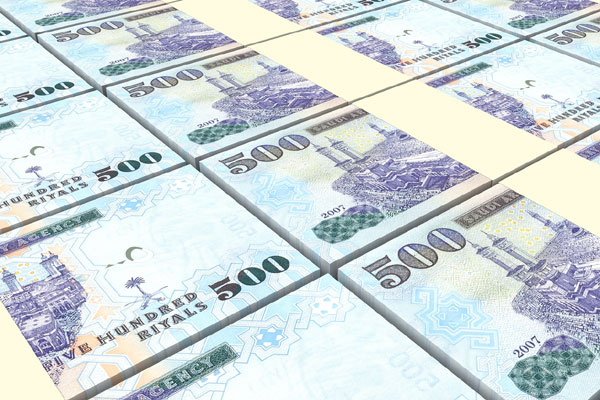
Saudi GDP growth outpaces forecasts
RIYADH, January 5, 2017
Saudi Arabia's gross domestic product (GDP) expanded 1.4 per cent year-on-year in 2016, higher than the IMF forecast of 1.2 per cent, said a report quoting the kingdom's budget document.
GDP growth is expected to accelerate in 2017 to 2 per cent (IMF estimates) supported by expansionary fiscal policy and rising oil prices, said Al Rajhi Capital's montly economic report.
Oil prices rallied after Opec and non-Opec members showed signs on delivering on their agreement to curb oil production levels, giving more fiscal room for government to achieve its NTP 2020 and Vision 2030 goals.
The liquidity situation continues to improve, as indicated by rising money supply (M3) and slipping Saibor. PMI data showed improvement in November on the back of higher output, new orders and purchasing activity. However, POS transactions and ATM withdrawals declined in November, which could be due to the recent changes in public sector allowances, it said.
The oil sector grew by 3.37pc y-o-y in 2016 (+5.27pc y-o-y in 2015), supported by 3.23pc increase in oil production year-to-date. Non-oil sector growth slowed down to 0.23pc y-o-y in 2016 (+3.2% y-o-y in 2015), as the government rationalised expenditure.
The manufacturing sector, which accounts for ~12 per cent of the GDP, grew by 3.27pc y-o-y in 2016, down from 6.59pc in 2015, due to a contraction in activity in sectors other than petroleum refining. The construction sector contracted by 3pc in 2016, which can be attributed to the cut in government capital expenditure. Meanwhile, the wholesale and retail trade, restaurants and hotels sector, forming ~9pc of the GDP, contracted by 1.16pc y-o-y in 2016 (+2.81% y-o-y in 2015).
However, the finance, insurance, real estate and business services sector, constituting ~9pc of the GDP, rose at a faster pace of 3.18pc y-o-y in 2016 (+2.32pc y-o-y of GDP), supported by the rise in ownership of dwellings, the report said.
Foreign reserves fell at a slower pace than before. "We believe that the pace of drawdown of reserves will slow in 2017 as the government plans to limit its deficit under the 2017 budget and plans to raise more debt," said the research report.
Meanwhile, the TASI rose for the third consecutive month in December. Banks’ claims on the private sector grew at a slower pace of 4.4 per cent y-o-y in November, (+6.3% y-o-y in October). Meanwhile, deposits stood mostly unchanged in November as compared to last year. As a result, the loan-to-deposit ratio remained below 90 per cent mark for the second consecutive month.
Banking sector net profit grew 1.45 per cent y-o-y in November 2016, as compared to a yearly drop of 1.92 per cent in the previous month.
POS transactions dropped 3.0 per cent y-o-y in November 2016, versus a rise of 1.4pc y-o-y in October, while ATM transactions fell by 2.2pc y-o-y in November, as compared to a yearly rise of 0.7pc in October.
Non-oil private sector PMI improved to 55.0 in November 2016, from 53.2 in October, supported by a rise in output, new orders and purchasing activity.
Inflation in November rose by the slowest pace in 2016, by 2.3pc y-o-y as compared to 2.6pc y-o-y in the previous month, backed by the drop in food prices. - TradeArabia News Service







